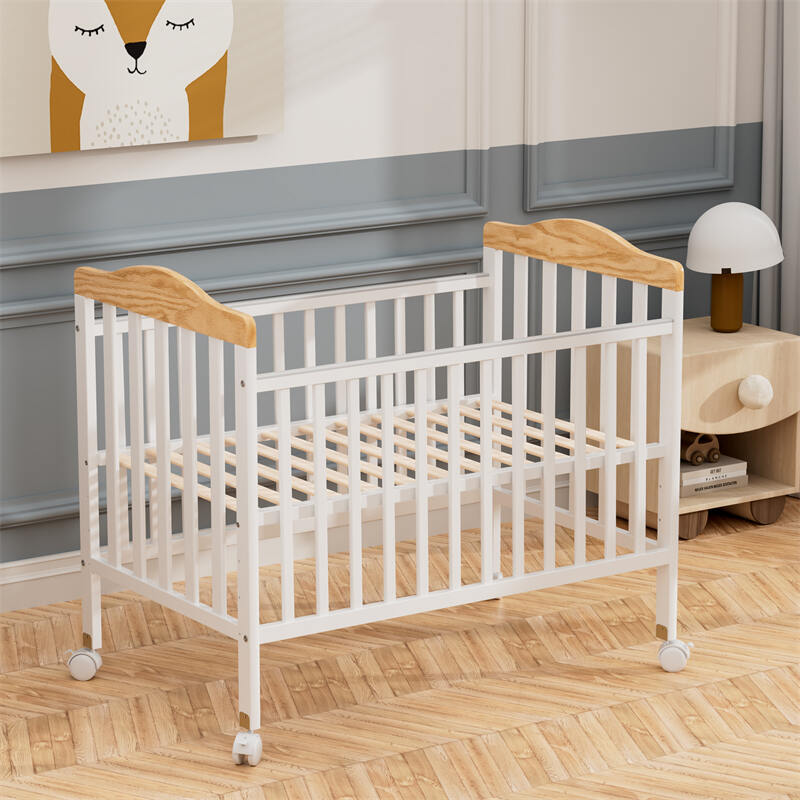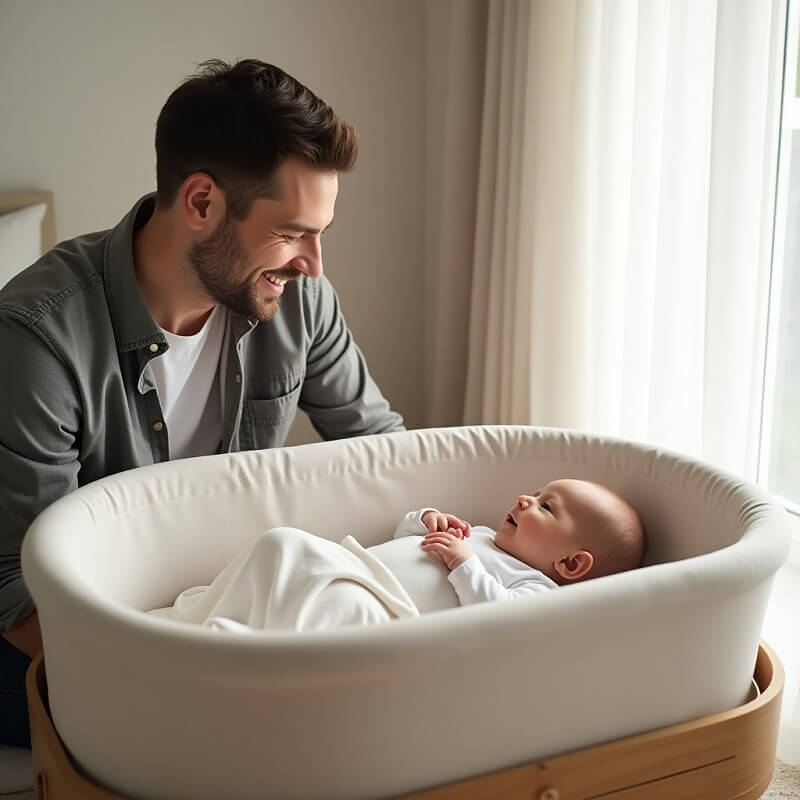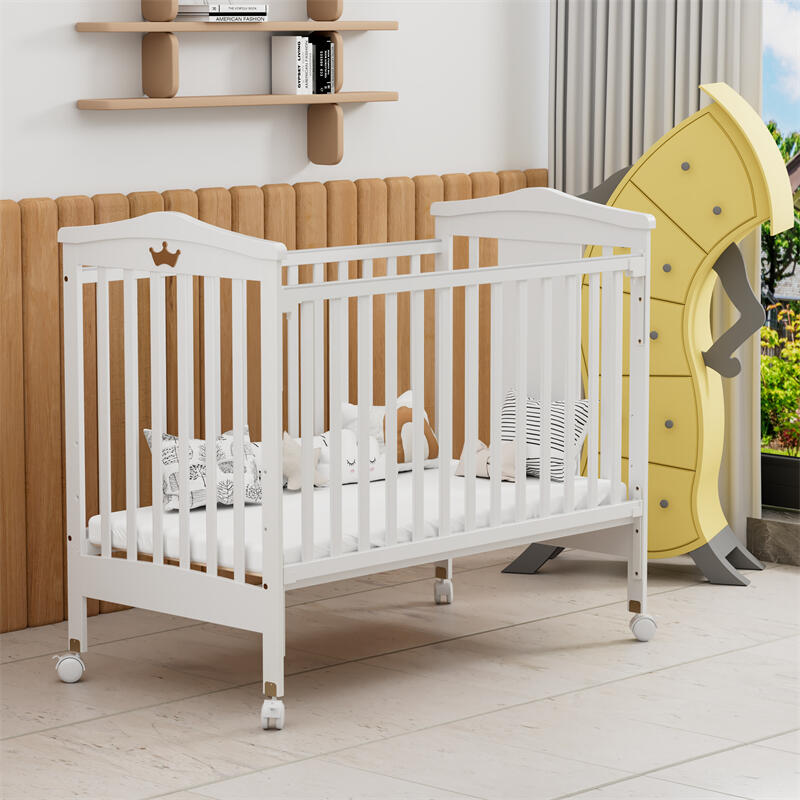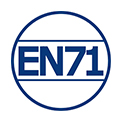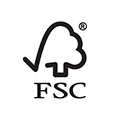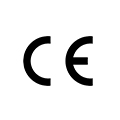As a new parent, you are tasked with one of the most critical jobs: making sure that space is perfectly secure. While the statistics around sleep-related accidents, like Sudden Infant Death Syndrome (SIDS), are frightening, crib safety doesn’t have to be complicated.
This guide takes the guesswork out of safety and turns it into an expert-vetted, actionable Four-Step Audit. We help you move from concern to confidence by securing the hardware, bedding, and surrounding area and implementing ongoing management.
Think of this not as a long article, but as a checklist to execute.
Why is Crib Safety So Critical?
The primary reason we focus so intently on crib safety is to significantly reduce the risk of Sudden Infant Death Syndrome (SIDS) and other sleep-related incidents, such as suffocation or entrapment. It sounds scary, and it’s a topic we approach with care, but the most powerful tool we have is knowledge.
Major health organizations, like the American Academy of Pediatrics (AAP), have dedicated decades of research to understanding these risks. Their recommendations—which we’ll explore in this checklist—aren’t arbitrary rules; they are evidence-based, life-saving measures that have already contributed to a dramatic decrease in sleep-related infant deaths.
Think of it this way: your baby’s crib is their first little home. In these early months, they are learning about the world but are completely reliant on you to make that world safe.
They can’t roll away from a loose blanket or adjust a soft mattress. By carefully curating their sleep space, you are doing the most important job—giving them a secure foundation for peaceful and safe rest. This isn’t about fear; it’s about empowerment.
Every item you check off this list is a positive step toward your baby’s well-being and your own peace of mind.
Step 1: The Crib Frame & Mattress Audit
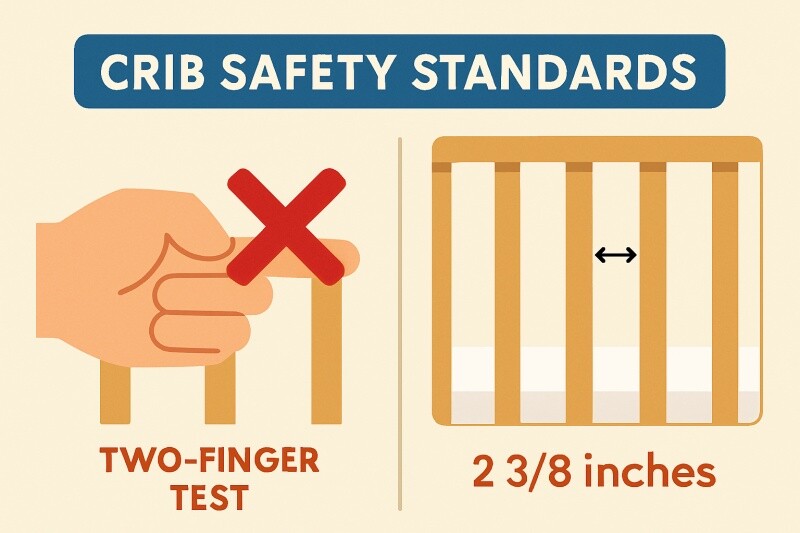
This first step is all about the structure and the foundation. Before you add any soft items, you need to confirm that the crib frame and the mattress meet modern, non-negotiable safety standards. The rule here is simple: Modern Standards Save Lives.
Crib Structure Standards
The crib structure is the backbone of your baby’s safety. When checking, your focus should be on stability and compliance with official bodies like the U.S. Consumer Product Safety Commission (CPSC) or relevant national agencies.
Checklist for Crib Structure:
✅ Fixed Sides Only: Does the crib have fixed side rails? Do not use older cribs with movable drop-sides; they are banned.
✅ Slat Spacing: Are the vertical slats spaced no more than 283 inches apart? If the gap is wider than a soda can, the crib is unsafe.
✅ No Protruding Hardware: Are all screws, bolts, and hardware pieces flush with the wood or metal? Check that no parts are sticking out.
✅ Finish and Edges: Is the crib free of peeling paint, splinters, or rough edges? Ensure the finish is non-toxic, especially if using a hand-me-down crib.
Mattress & Fit Test
The crib mattress is just as important as the frame. A mattress that is too soft or does not fit correctly is a major risk factor.
Checklist for Mattress:
✅ Firm is Best: Is the mattress firm? Push down on the mattress—it should snap back quickly. Avoid plush or memory foam mattresses.
✅ The Two-Finger Test: Does the mattress fit snugly? Once the mattress is in place, try to fit more than two fingers between the mattress edge and the frame. If you can fit more than two fingers (121 inches or 4 cm), the mattress is not compatible and must be replaced.
Step 2: The Bedding & Wearables Audit
Once the crib structure is safe, the next biggest step is optimizing the sleeping environment. This section focuses on what goes inside the crib and on your baby. The core principle from the American Academy of Pediatrics (AAP) is clear: nothing soft is safe.
The “Bare is Best” Rule
This is the most critical rule for preventing sleep-related deaths. The crib should be completely empty except for the baby and a fitted sheet. It might look a little sparse to our adult eyes, but to your baby, this simple, clear space is the ultimate safe haven.
Checklist for Bedding Safety:
✅ No Loose Items: Are there zero pillows, loose blankets, quilts, or cushions in the crib? Remove all soft bedding.
✅ Avoid Bumper Pads: Is the crib free of bumper pads, even the thin mesh ones? Bumper pads pose a risk of suffocation and strangulation.
✅ No Toys or Animals: Are all soft toys, stuffed animals, and decorative items removed from the crib?
✅ Use Fitted Sheets Only: Is the sheet tight, tucked in, and specifically designed to fit the crib mattress? Never use an adult-sized sheet or a loose one, as it can pull loose and cover the baby’s face.
Safe Alternatives to Blankets
Since blankets are unsafe, using wearable clothing is the recommended way to keep your baby warm. Sleep sacks are the gold standard.
Checklist for Safe Warmth:
✅ Use Sleep Sacks: Is your baby wearing a sleep sack (wearable blanket)? These zip or snap around the baby and remove the hazard of loose blankets.
✅ Choose the Right TOG Value: Do you select the sleep sack’s thickness based on the room temperature? The Thermal Overall Grade (TOG) indicates warmth. Use a lower TOG for warmer rooms and a higher TOG for cooler rooms.
| TOG Value | Room Temperature | Clothing Layers |
|---|---|---|
| 0.5-1.0 (Very Light) | 75−78∘F (24−26∘C) | Diaper or thin onesie |
| 1.0-2.5 (Light to Medium) | 68−75∘F (20−24∘C) | Onesie or light pajamas |
| 2.5-3.5 (Medium to Heavy) | Below 68∘F (Below 20∘C) | Long-sleeve pajamas or extra layer |
Dressing the Baby for Sleep
Overheating is a risk factor for SIDS. It is crucial to dress your baby appropriately for the room temperature, not for your own comfort level. We need to choose clothing that will keep them comfortably warm without posing any risk of covering their face or overheating.
Checklist for Safe Dressing:
✅ Layer Appropriately: Is your baby dressed in one additional layer more than you would wear comfortably at the same temperature? For example, a onesie plus a sleep sack.
✅ Check for Overheating: Is your baby’s neck or chest sweaty or hot to the touch? If so, immediately remove a layer of clothing or lower the room temperature.
✅ Avoid Hats Indoors: Is your baby sleeping without a hat or head covering indoors? Babies release excess heat primarily through their heads.
Step 3: The Surrounding Environment Audit

A safe crib is crucial, but the area around the crib can pose risks, too. Babies are quickly learning to reach, grab, and pull. This step focuses on creating a secure perimeter around the sleep zone.
Cord and Tassel Clearance
Any cord, string, or hanging loop is a serious strangulation hazard, particularly for older infants who can move or climb.
Checklist for Cord Safety:
✅ Clearance Distance: Is the crib at least 3 feet (about 90 cm) away from all windows?
✅ Window Covering Cords: Are all window covering cords secured and completely out of reach? Use cordless blinds or secure cords with safety devices.
✅ Electrical Cords: Are all baby monitor, lamp, or charging cords tucked away and inaccessible to the baby? Do not run cords through or under the crib.
Proximity to Furniture and Walls
As your baby begins to stand, the crib becomes a launchpad. You must ensure nothing is close enough to assist a climb or fall into a dangerous gap.
Checklist for Furniture Placement:
✅ Climbing Aids: Is the crib placed away from shelves, dressers, or other furniture that the baby could push off of or grab to climb out?
✅ Wall Gaps: Does the crib rest securely against the wall, or is there a gap of less than one finger width? Avoid placing the crib where a large gap between the wall and the crib could create an entrapment space.
The Location of the Monitor
The baby monitor is a necessary tool, but its placement requires careful thought to prevent it from becoming a hazard.
Checklist for Monitor Safety:
✅ Monitor Security: Is the camera unit mounted securely high up on a wall or ceiling? Avoid placing it on the crib rail or on a low dresser where it can be pulled down.
✅ Monitor Cord Management: Is the monitor cord run along the wall and secured with cord covers or clips? Ensure the baby cannot reach the cord, even when standing.
Step 4: Ongoing Crib Maintenance and Adjustment
A crib is a dynamic piece of furniture; as your baby grows and becomes more active, they’ll test its limits in ways you never imagined. Think of it like caring for a car: you wouldn’t drive for years without an oil change or tire check. The same diligence applies here.
When to Lower the Mattress
Adjusting the mattress height is critical for preventing a baby from climbing or tumbling out of the crib. The change in height must happen before you think they are ready.
Checklist for Mattress Adjustment:
✅ First Sign of Movement: Did you lower the mattress to the middle position when your baby started to roll over (usually around 4-6 months)?
✅ Pulling Up to Stand: Did you move the mattress to the lowest possible position when your baby started to pull up to a standing position (usually around 8-10 months)?
✅ Side Rail Height: When the mattress is at its lowest, is the top of the crib side rail at least 43 of your baby’s height above the mattress? If it is lower, it is time to consider transitioning to a toddler bed.
The Regular Safety Check
Like any piece of furniture, cribs can wear down with use. A quick quarterly inspection ensures all parts are still secure and functioning as intended.
Checklist for Maintenance:
✅ Quarterly Hardware Check: Are all screws, bolts, and fasteners tight? Gently wiggle the crib to check for instability or creaking noises.
✅ Wood and Plastic Integrity: Are there any new cracks, splits, or rough edges on the wood or plastic components? Sand down minor splinters or replace damaged parts.
✅ Mattress Condition: Does the mattress still hold its firmness? Check for any sags, large indentations, or tears in the cover that could expose the inner foam.
Conclusion
Creating a safe sleep environment for your newborn is one of the most important tasks of early parenthood. By following this Four-Step Crib Safety Audit, you can confidently move past guesswork and rely on expert standards based on guidelines from organizations like the CPSC. Remember, the safest crib is one that is simple, firm, and empty. A secure environment allows you, the parent, to rest easier knowing you have actively reduced major sleep-related risks. If you are starting your search for baby products, remember to prioritize safety above all; you can learn more about high-safety standards in baby furniture at Clafbebe’s homepage. We encourage you to share this checklist with other parents to help spread essential safety knowledge.
About the Author
This article was written by Clafbebe. Clafbebe is a global manufacturer specializing in high-quality, safety-certified baby furniture. Our expertise is rooted in adhering to the most stringent international safety standards, ensuring that every piece of furniture—from structure to finish—provides a secure foundation for infant growth.
Recommended Related Articles:
- What to Do if a Toddler Climbs Out of the Crib?
- Mini Crib Vs Crib: Which Is Best for Your Baby?
- Crib Recalls 2025: What Parents Need to Know
- What Is a Convertible Crib?
- How to Choose a Crib for Your Child?
- Top 10 Crib Manufacturers in Australia
- Top 10 Crib Manufacturers in China
- Top 10 Baby Cot Manufacturers in Malaysia

